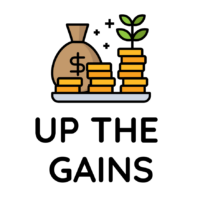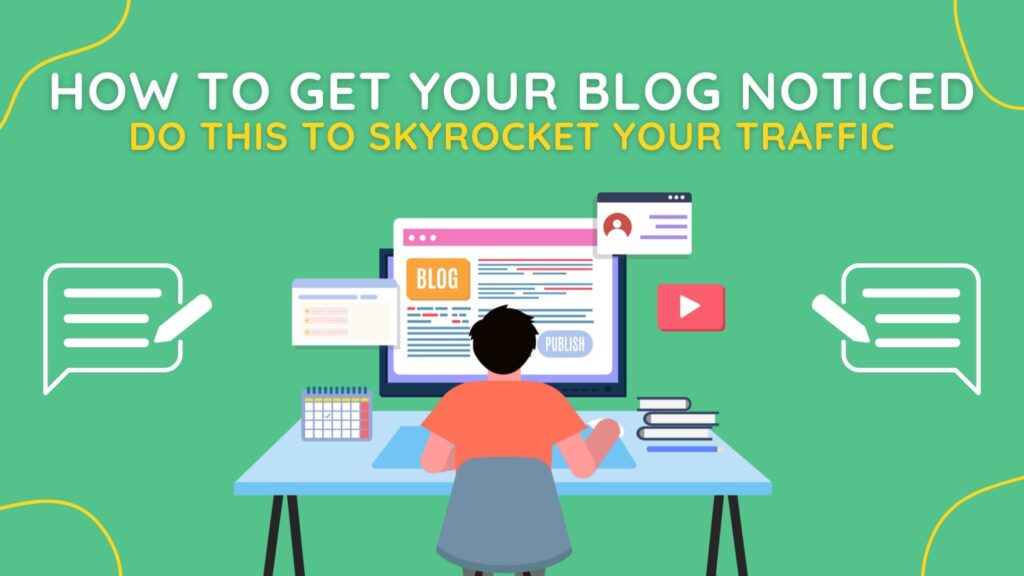
Sammie Ellard-King
I’m Sammie, a money expert and business owner passionate about helping you take control of your wallet. My mission with Up the Gains is to create a safe space to help improve your finances, cut your costs and make you feel good while doing it.
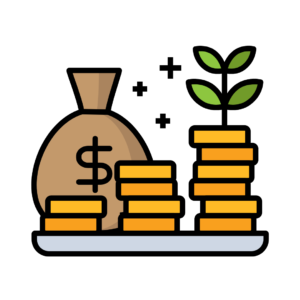
Quickfire Roundup:
To get your blog noticed, you need to have a good grasp of keyword research, SEO, content strategies, and who your audience is.
You can increase blog traffic through a combination of high quality content and backlinks from high authority sites.
Getting your site indexed by Google (through optimised content, HTML tags, keywords, meta titles and descriptions, picture alt text and relevant topics), utilising online directories and even writing guest posts.
Creating high-quality and engaging content for your blog is absolutely essential if you want to make it work.
Still, this alone doesn’t guarantee it’s going to be noticed by your desired audience or by Google. To achieve this on your own site you need to use various other strategies.
In this guide, I’m going to take a closer look at how to get your blog noticed, from increasing its visibility and boosting traffic to optimising your site and promoting your blog to your readers.
Table of Contents
How To Get Your Blog Noticed By Google
The best way to get your blog noticed is by creating helpful content. Google relies on you as the publisher to provide not only high quality content in your blog articles, but also the answer to that query in a way that’s unique.
To make a successful blog it’s about valuable content and links. If you nail these two things then you’ll set yourself up for success.
What you do need to grasp is the process, but once you get it there’s a world of opportunity available to you.
Let’s dive in.
The Money Gains Podcast Episode
Check out my podcast episode with Aisha Preece where we discuss all about how to get your blog noticed, building six figure digital assets and monetisation methods.
Click the link above for the full show notes or hit the play button just below to listen to the podcast whilst you read this post.
Keyword research
Before diving into the more involved strategies to get your blog noticed, let’s talk about keyword research.
This research allows you to identify topics that interest your audience and how they search for them online.
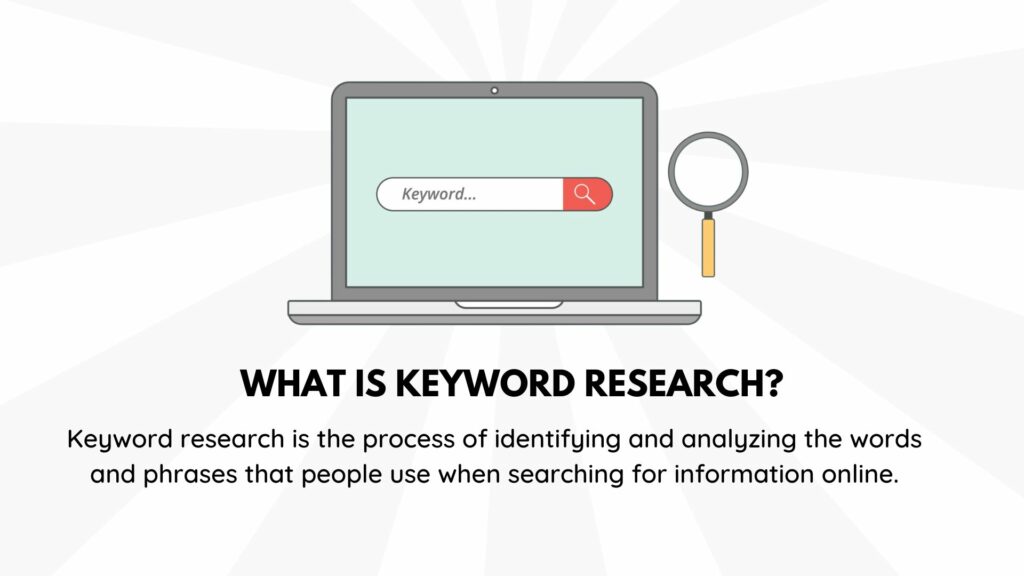
If you want your blog to rank highly in search engine results pages, you simply can’t skip researching keywords.
By conducting this research, you can find out what your audience relates your product or subject to, trending themes that are related to your niche, and exactly what your audience is searching for.
Use this information to build lists of potential subtopics and questions that are relevant to your blog. This will be incredibly useful when it comes to developing and executing more complex strategies.
A great way of finding out which topics are the easiest to rank for is to use an SEO tool like Ahrefs. You can also check out the “people also ask” section on Google and research the keywords that are ranking for other blogs related to your niche.
Search engine optimization (SEO)
A successful blog needs to have optimized content. Your web pages should be easy to navigate for your users and easy to crawl for Google.
By using search engine-friendly topics, keywords, and HTML tags, your blog will be more visible to search engines.
Here are some of my top tips for optimising your blog:
Structure your content: Use H1, H2, and H3 headings to give your blog posts a solid framework. Include a title tag and meta description, as well as picture alt text.
Subject & keywords: Use keywords strategically – place them in your headings and throughout your blog post (but keep it natural!). Focus on a root subject and include sub-topics based on your keyword research.
Build authority: Publish blogs that are rich in information and insights about topics that interest your audience. This will make your blog a voice of authority in your niche and make it rank more highly.
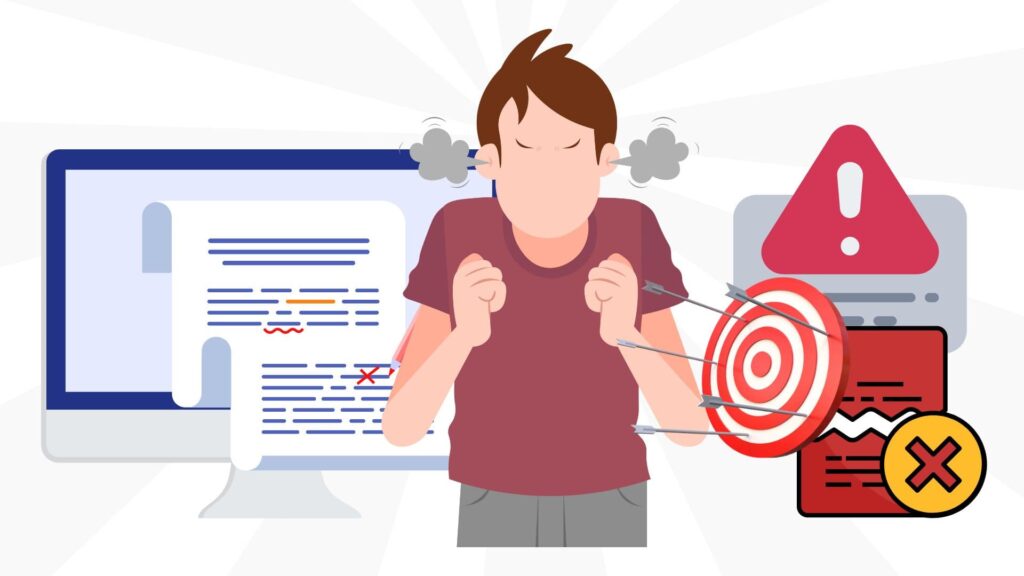
Building a content strategy
If you don’t have a content strategy for your blog then it can easily descend into chaos. The style and content of your posts will be all over the place, and they won’t be cohesive.
A successful content strategy allows you to be clear about your marketing goals and to establish your priorities. If you have a team, this ensures you’re all working towards the same goals.
It means that every piece of content you create will have a purpose and be aligned with your objectives.
The metrics you monitor will also be determined by your strategy. You can evaluate the outcomes of specific content and then measure them against your specified goals.
Plus, as you make more money from blogging, your strategy will help you develop budgets for different projects. It’ll help you identify how your budget should be spent and the amount needed for each project.
Identifying a target audience
Most expert marketers no longer refer to whole target markets. Rather, they focus on personas. These personas are fictitious personalities based on certain characteristics such as employment status, age, and gender.
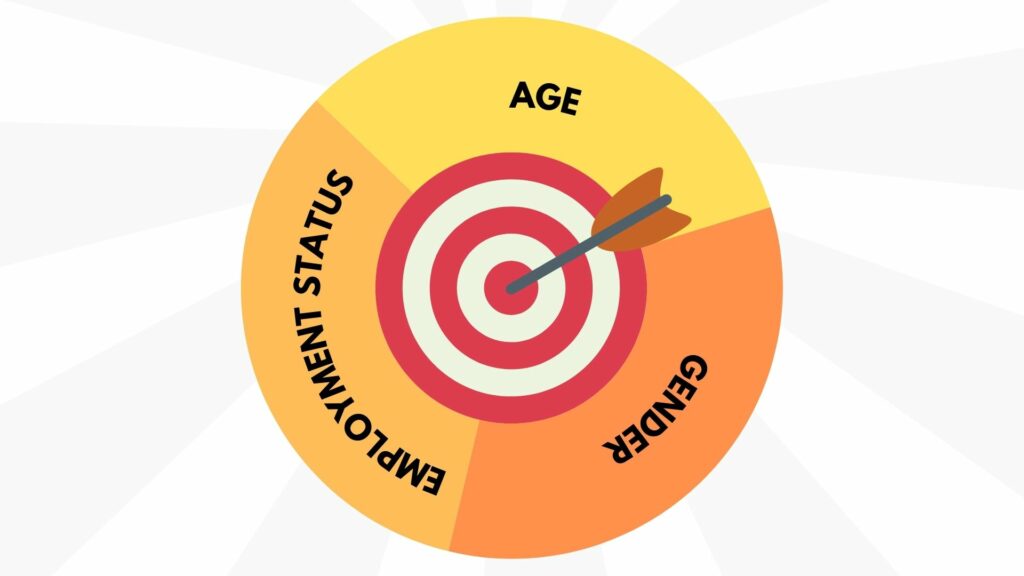
By focusing on a specific persona or personas, you can target your audience more effectively. This is much easier than focusing on a wider target audience.
Everything you post on your own blog should be aimed at these personas and you should spend a good chunk of time thinking about how to create engaging content that they’ll want to read.
Depending on your niche, targeting young people can be a successful strategy. In 2022, almost 26% of young people aged 5 to 18 years old said that they read blogs regularly.
Patience and Time
Now the most successful blogs are often 3+ years old and that says something.
In fact, Ahrefs did a study where they showed that the majority of the Google’s top 10 rankings were blogs that were at least 18 months old.
That’s not to say you can’t get traffic beforehand but ageing is a big factor for any website. It’s like a fine wine it gets better the older it gets.
So, if you’re blogging for a side hustle you need to factor the amount of time you can dedicate to creating content. The less time you put in the longer it’ll take to crack it.
What Mistakes Are People Making?
Some of the most common mistakes bloggers make include:
- Publishing infrequently and inconsistently
- Forgetting to revisit old content
- Focusing on the wrong topics
- Using the wrong domain or blog name
- Failing to link to other content

What Improvements Can They Make?
Infrequent publishing: You should be publishing at least twice a month and ideally once a week. Try to stick to a publishing calendar and/or posting schedule.
Forgetting old content: Revisit your old posts and fix broken links, update statistics, and remove information that’s no longer relevant.
Irrelevant topics: Use your research to determine the topics that really interest your audience. Even better is to anticipate the kind of topics they want you to discuss.
Poor choice of name: Choose an interesting name for your blog that aligns with your brand, identifies who you are, and sticks in the minds of readers.
Failure to link: Use external links to improve your credibility and give your audience more value. Use internal links to boost traffic to your other posts.
Top Tips To Improve Your Traffic
How to earn backlinks
Put simply, a backlink is an external link from another web page that links back to yours. They’re an amazing way of increasing blog traffic that’s relevant and organic.
You should focus on earning backlinks from sites with high authority and that are well-respected among your audience.
This will help to get your blog noticed by the right people and your brand will start to be associated with authoritative sites within your niche.
How to get indexed by Google quickly
To get your blog noticed by search engines, particularly Google, it’s essential for traffic growth.
To understand why your blog may not be getting the traffic it deserves, it’s crucial to focus on how to get your website noticed through effective SEO practices.
One of the key strategies involves strengthening your site’s internal linking, which not only increases trustworthiness for visitors but also enhances crawlability for search engines.
Incorporating relevant keywords into your URLs, meta descriptions, meta titles, and image alt tags can significantly boost your blog’s visibility.
To ensure that your blog is not missing out on traffic due to technical barriers, conduct a thorough technical SEO analysis. This helps identify and fix any issues that might prevent your website from being indexed properly.
Encouraging Google to index your site can be as simple as using the Google Search Console. This tool allows you to prompt Google to crawl and index your new or updated content, making your blog more likely to get noticed.
Lastly, submitting a sitemap is a proactive step to ensure that Google has a clear roadmap to all your important pages, improving the chances that your blog will be crawled accurately and indexed swiftly.
By following these tips, you’re setting the stage for your blog to attract the attention and traffic it aims to achieve.
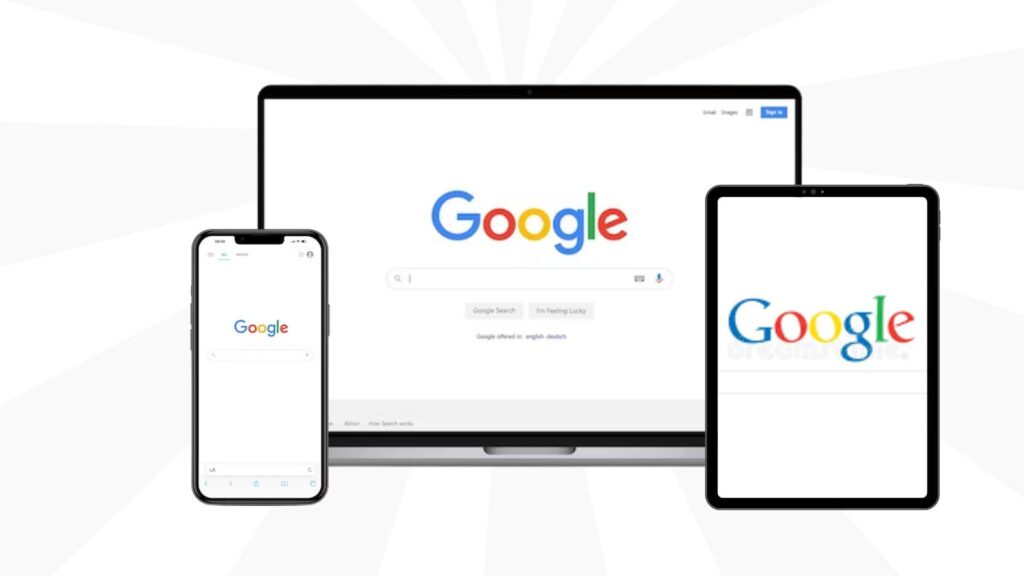
How To Target keywords
Google doesn’t just look for good websites to feature in its search results – it also looks for websites and pages that match specific searches. That’s why your on-page SEO is so important.
You should use the results of your keyword analysis to target specific keywords on each page of your blog. This increases the likelihood of each page appearing near the top of SERPs when your audience searches for these keywords.
Utilise online directories
I mentioned earlier how important backlinks are to increasing the visibility of your blog site and boosting referral traffic.
There are several strategies you can use to build backlinks, such as guest posting, and one of the best ways of doing this is by submitting your blog to blogging directories.
Blog directories tend to have high domain authority and provide “dofollow” backlinks to your blog site. This helps to increase your own site’s authority and build trust among your audience.

You can also use directories to come up with ideas for content creation. For example, let’s say you have a fashion blog.
You can browse through the fashion categories in a directory and read relevant content by other bloggers. Use this for inspiration or even repurpose the content – as long as it’s your own work.
Guest posts
A great way of promoting your blog is guest blogging for other blogs in your niche. It can be fairly time-consuming but guest posting is still an effective way of getting your blog noticed.
To show you how creating a guest post works, I’ll give you an example:
Let’s say you have a travel blog. You notice that an influential travel blogger is posting blogs about travelling in lots of different countries in Asia. However, a lot of the content feels fairly generic and you think you could add a blog post with real value.
You reach out to this blogger and ask to create a guest post about travelling in Bangkok. You write a unique piece that gives fresh insights into the culinary and cultural experience of travelling in this city.
Through this, you earn backlinks from the blogger’s site, which increases your reputation as an authoritative source within the travel niche.
If you plan to rely on this as a long-term tactic, you’ll need to have a good team in place or hire some freelance writers.
A lot of work goes into outreach for guest posting which takes up a significant amount of time. Plus, the content needs to be unique and engaging.
Quick Hacks You Can Implement Today
Social media marketing
Promoting your blog on social media platforms will also help it to be more visible to your readers.
Of course, posting links to your blog posts on your social media accounts is important – but there are other things you can do as well.
I always recommend integrating social media into your blog rather than having them exist as two separate entities.

Use share buttons so that it’s easy for your readers to share your blog posts on their own social media channels.
Just remember not to overcrowd your posts with share buttons, and make sure that the buttons you use are worthwhile.
For instance, if you don’t have many followers on Instagram, include a button for a platform where you do have a big following instead.
Also consider getting into Facebook groups – either by setting up your own or leveraging your knowledge in others by being helpful and posting links to your blogs to their queries.
Newsletters
Newsletters may seem like a slightly antiquated tactic, but there’s a reason they’ve been around for so long – they work. In fact, I’d recommend that every blogger sets up a regular newsletter.
These are the main benefits of using newsletters to promote your blog:
Dissemination: Newsletters are a quick and reliable way of sharing your blogs with your readers. As these readers have signed up for your newsletter you know that they’re interested in your content. This makes them more likely to engage with it and share it.
Maintaining contact: Sometimes, blogs can seem a bit impersonal. You post something and then wait for readers to engage with it. This can make your readers feel like they’re doing all the work. By sending out a regular newsletter, you establish a point of contact with your readership and keep your blog at the front of their minds.
Additional content: As well as giving your readers regular updates on new blog posts, you can also include unique short-form content in your newsletters. This gives them a bespoke feel which is a great way to reward your readers for their loyalty. It also makes them more likely to recommend your newsletter to others.
Allows for feedback: Newsletters don’t have to be a one-way street. You can use them to gather feedback from your readers about your blog. You can also encourage them to get involved by replying to questions you pose in your newsletter. This creates a community atmosphere around your blog site.

FAQs
How do I make money from my blog?
Running a “legit” blog is hard work. Aside from writing high-quality posts, you also need to worry about ranking in search engines and promoting your site.
Still, when done properly, it can be lucrative. Here are my top tips for making your blog profitable:
- Choose a niche that’s profitable
- Use your blog for advertising
- Offer paid subscriptions
- Scale your content
- Provide paid subscription offers
- Sell merchandise related to your blog content
- Create sponsored content
How many views should my blog be getting to be profitable?
Most bloggers aim to achieve 60,000 to 100,000 monthly views. This is because the most lucrative ad networks look for blogs with these kinds of numbers.
Only about one in ten blogs consistently gets more than 50,000 views a month. This is why you need to use the right strategies to make yours stand out.
What are the most profitable blogging niches for 2023?
In 2023, the most profitable niches for blogging are:
- Health and fitness
- Digital marketing
- Food and recipes
- Investing and personal finance
- Self-care and personal development
Final Thoughts - How To Get Your Blog Noticed
So, that concludes my guide on how to get your blog noticed. Clearly, there are plenty of steps you can take to improve the visibility and engagement of your blog, and make sure that it ranks highly.
If you haven’t set up a blog yet and are wondering how to get started, then check out my guide on how to start a blog. I’ll take you through all the necessary steps to get your blog off the ground and make it successful.
Also remember side hustles like blogging are amazing but remember you must give a blog time to grow. It doesn’t happen overnight!
Share on social media
Disclaimer: Content on this page is for informational purposes and does not constitute financial advice. Always do your own research before making a financially related decision.
